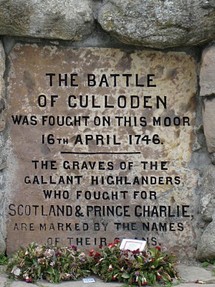 One thing that most of the psychics who've visited there (and made their feelings known) all agree upon is that the ghosts aren't really there.
One thing that most of the psychics who've visited there (and made their feelings known) all agree upon is that the ghosts aren't really there.
Oh! They're real enough to be seen and heard, but there's nothing sentient about the spirits on Drummossie Moor. It's residual energy, replaying events, as a haunting.
So much emotion was felt on the moor that day, and during the endless, horrific night which followed. These were men who knew that the cost of losing was everything. Not just for themselves, but for their families, their clan, their language, their culture, their history and their land.
There were horrors enough in the heat of battle. Highlanders bogged down in the mud, the momentum of their charge expended before they even got close. The English employed a new musket manoeuvre, with all the effect of a modern day machine gun. The group of clansmen, who fled for shelter in a barn, only for the English to burn it down; and them still trapped inside.
There were rules in battle, which didn't apply that day. At the end of the fighting, all should be allowed to tend their sick and wounded in safety. The surviving Scots could not. The English shot them down.
So men lay throughout the night, knowing the worst, fearing the future, in the most dreadful pain. Then came the dawn and the improbably slow waiting for death to come at the end of a bayonet.
Against all precedent and war etiquette, the English fanned out across the moor and stabbed to death any Highlander still alive. Any who hadn't perished in that cold April night. And those further up could see the English coming. They knew what they were doing and they could not move away.
Too injured to move away.
It's the high emotion of this, neurons flashing with hopeless adrenaline, trapped forever in that terrible atmosphere, which haunts Drummossie Moor. Those with the right kind of eyes still see them there, awaiting an English bayonet and the loss of it all.
But there's absolutely nothing to be done to help them. They are not there. Except maybe at St Mary's Well.



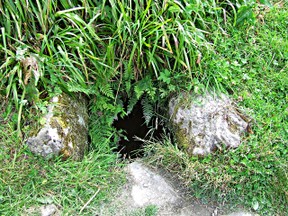 On the road from Uig to Portree, there is a well. Used regularly by the locals, there were a few people around when the phantom appeared.
On the road from Uig to Portree, there is a well. Used regularly by the locals, there were a few people around when the phantom appeared.

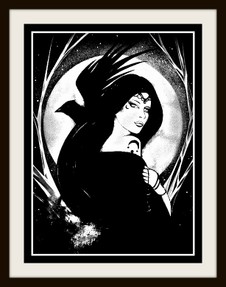 It's said to be bad luck to see the Scree. Death will surely follow. It comes as darkness; a great, black, screaming bird, too big to be anything natural to these shores.
It's said to be bad luck to see the Scree. Death will surely follow. It comes as darkness; a great, black, screaming bird, too big to be anything natural to these shores. 


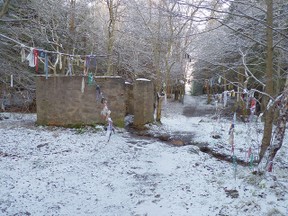 People still go to St Mary's Well, to do the ritual and tie the cloutie tight.
People still go to St Mary's Well, to do the ritual and tie the cloutie tight.
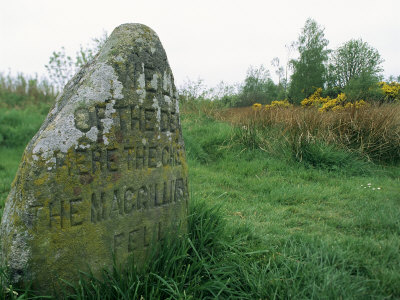

 One thing that most of the psychics who've visited there (and made their feelings known) all agree upon is that the ghosts aren't really there.
One thing that most of the psychics who've visited there (and made their feelings known) all agree upon is that the ghosts aren't really there.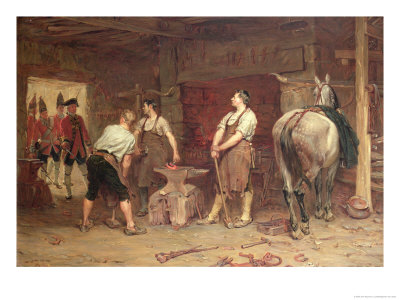






 St Tydecho's Churches in West Waleson 09/03/2014
St Tydecho's Churches in West Waleson 09/03/2014
 Goodies for an Outlander Premiere Partyon 03/06/2015
Goodies for an Outlander Premiere Partyon 03/06/2015
 Holocaust Memorial Day Interview with Rainer Höss, Grandson of Rudolf Architect of Auschwitzon 01/24/2015
Holocaust Memorial Day Interview with Rainer Höss, Grandson of Rudolf Architect of Auschwitzon 01/24/2015
 Romantic Valentine Gifts for an Outlander Fanon 01/16/2015
Romantic Valentine Gifts for an Outlander Fanon 01/16/2015

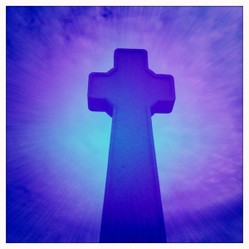
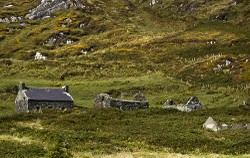
Comments
Note to Ragtimelil: Jacobus is the Latin form of James. Jacobites supported James II of England and VII of Scotland, the last Catholic British monarch, and later his descendants of the House of Stuart, to the throne of Great Britain after they had been deposed by Parliament during the Glorious Revolution. A series of Jacobite uprisings, rebellions, and wars in Great Britain and Ireland from 1688 and 1746 included patriotic Scots, disgruntled Britons, and scheming European nations.
One thing we need to say about Culloden is that it was not an English versus Scots affair. There were English and Scots on both sides. Prince Charlie recruited a small English force from Manchester. There were Scots who opposed the Stuart cause and fought for the Hanoverians,in fact more Scots fought for Cumberland than for Charlie. One of the worst persecutors of highland rebels was Captain Ferguson, of the ship Terror. He was a Scot whose warship scoured the Scottish isles for escapees, whom he ruthlessly hanged.
Culloden should be regarded as a national disaster, not merely a Scottish one, because it was an atrocity that sullies the history of the whole island. I can testify that the atmosphere that lurks at its site can have bad emotional effects. The evil that men do lives after them, says the Bard, and it is so true of that battlefield.
I have visited Culloden, and I intensely disliked the experience,but all battlefields are evil places. As is said in Shakespeare's Henry V, "I am afeared that few die well who die in a battle." Battle is not a good way to die.
That brought me to tears. I will visit there someday. What happened there is heartbreaking.
Never forgotten for me too too. Have you been there? It's the only site in the world where I've literally fled.
Scary stuff, and sad too. Growing up in Scotland Culloden was part of the history, never forgotten.
King James II was monarch of both England and Scotland, but he 'converted' (some evidence to say he was all along) to Catholicism. The English nobility pretty much kicked him off the throne and installed William and Mary.
Meanwhile, up in Scotland, the clans weren't best pleased about this. They campaigned (with swords) to have James reinstated. He was their true monarch. It wasn't just in Scotland, it was notably in Ireland too (Battle of the Boyne), and had some sympathy in the rest of the British Isles. Those who supported James II were called Jacobites.
After he died, his son, then grandson were deemed to be the real kings; while the throne was actually being occupied by first William and Mary, then Anne, then finally some Hanoverian cousins - all of those Georges. Nevertheless, the campaign was still called Jacobite, even though the monarch at the time of Culloden was actually called (Bonnie) Prince Charles Edward Stuart.
I find the history stories fascinating, but I don't always understand them. What is a Jacobite? Maybe I read too fast.
All of the rest are just variations on a theme of above. Or did you mean on different battlefields? Glad that you're enjoying!
More stories!!!